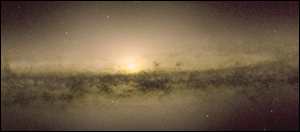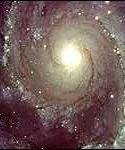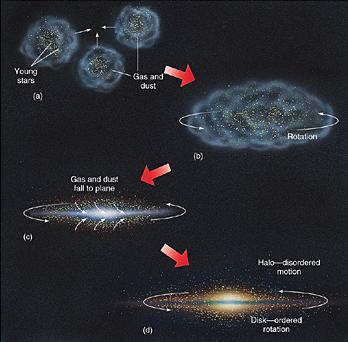|
The Milky Way Galaxy "[Trying to map our galaxy is] like a sardine, 400 miles offshore,trying to figure out the size and shape of the Pacific Ocean." Harvard-Smithsonian Center for Astrophysics press release, June 2008 |
 |
|
The Milky Way Galaxy "[Trying to map our galaxy is] like a sardine, 400 miles offshore,trying to figure out the size and shape of the Pacific Ocean." Harvard-Smithsonian Center for Astrophysics press release, June 2008 |
 |
|
What is the Milky Way?
|
 |
|
Our location: About 28 kly or 8.6 kpc from the center; we can only see out to 1/10 of that distance; We happen to be in a spiral arm, but not the one we were in when the Solar System formed. |
Size and Structure of the Milky Way
|
|
Evolution and Motion, Mass
|
 |
|
|
Interesting and Puzzling Aspects
|
page by luca bombelli <bombelli at olemiss.edu>, modified 10 nov 2012